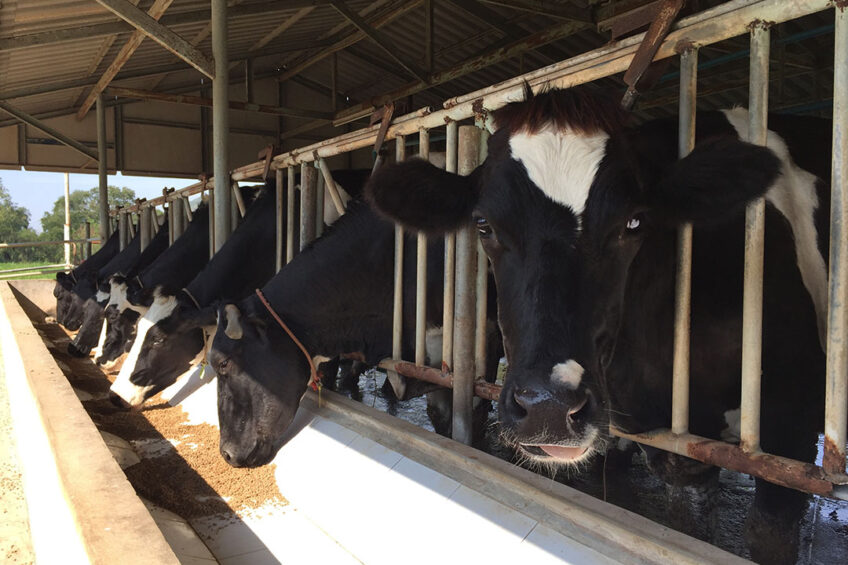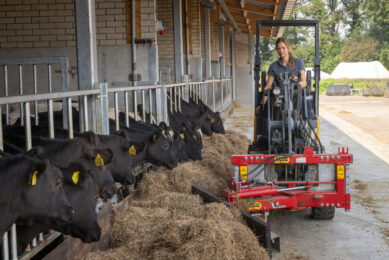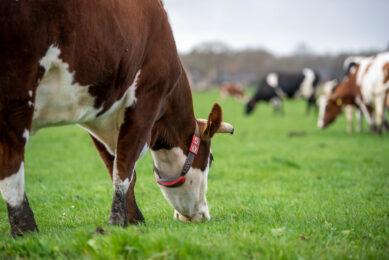Health and welfare of UK dairy herd vital for success

Prospects for the milk sector in the UK will depend on ensuring consumers are properly informed about the world-class standards of health and welfare achieved by farmers.
In addition, the industry will need to stress the importance of dairy as a natural component of a well-balanced diet, emphasising quality rather than quantity and ensuring demand is not exceeded, thereby continuing a strong retail price.
In its annual review of the UK dairy sector, The Andersons Centre, which is celebrating its 50th year, looked at the structural changes in the UK dairy herd since 1973 and looked ahead at the likely situation in 2023.
“…changes in the past 50 years had been staggering…”
Authors Mike Houghton and Oliver Hall said the changes in the past 50 years had been staggering with 87% of dairy herds disappearing, yet milk production had increased, yields more than doubled and average herd size quadrupled.
The milk price has increased tenfold, but farmgate prices as a percentage of the retail price has changed from 50% in 1973 to just 42% today. Looking ahead, they believe cow numbers will continue to fall in the next decade with a further 4,500 producers leaving the industry and average herd size growing to 250 cows.
The past 12 months have seen unprecedented change with nobody predicting milk prices rising from 30ppl to 50ppl. At the same time, agflation is running at well over 30% with very significant increases in feed, fertiliser, energy and labour costs. Margins, though, are likely to be higher for the year ending March 2023 than the previous year.
However, with the decline in the UK economic outlook at a reduction in the ‘world’ milk price of 26%, UK milk prices may well be close to their peak; next year could be more challenging for dairy profitability, the authors say.
Energy usage in dairy
In the short/medium term, the sector will need to address energy usage and renewables. Even with the promised cap in energy costs, many businesses will see a doubling in the cost of red diesel and a trebling in the cost of electricity. Having a much greater understanding of energy consumption on dairy farms will be key and grant aid via the government’s Farming Equipment and Technology Fund should help improve energy efficiency.
The increase in energy costs has led to a resurgence in interest in renewable energy, particularly roof mounted Photo-Voltaic (PV) and simplified Anaerobic Digestion (AD). Roof top PV should provide a good return on capital for most dairy farms, especially if machinery manufacturers address the electrification of yard vehicles.
Commenting on forthcoming legislation, the authors highlight laws around slurry storage as a key issue, while they say the industry desperately needs a single emissions standard, which they argue, should include both emissions and sequestration, so that the true GHG output of the sector is understood. Technology, through feeding and genetics, is almost certain to help in this area.
Join 13,000+ subscribers
Subscribe to our newsletter to stay updated about all the need-to-know content in the dairy sector, two times a week.










